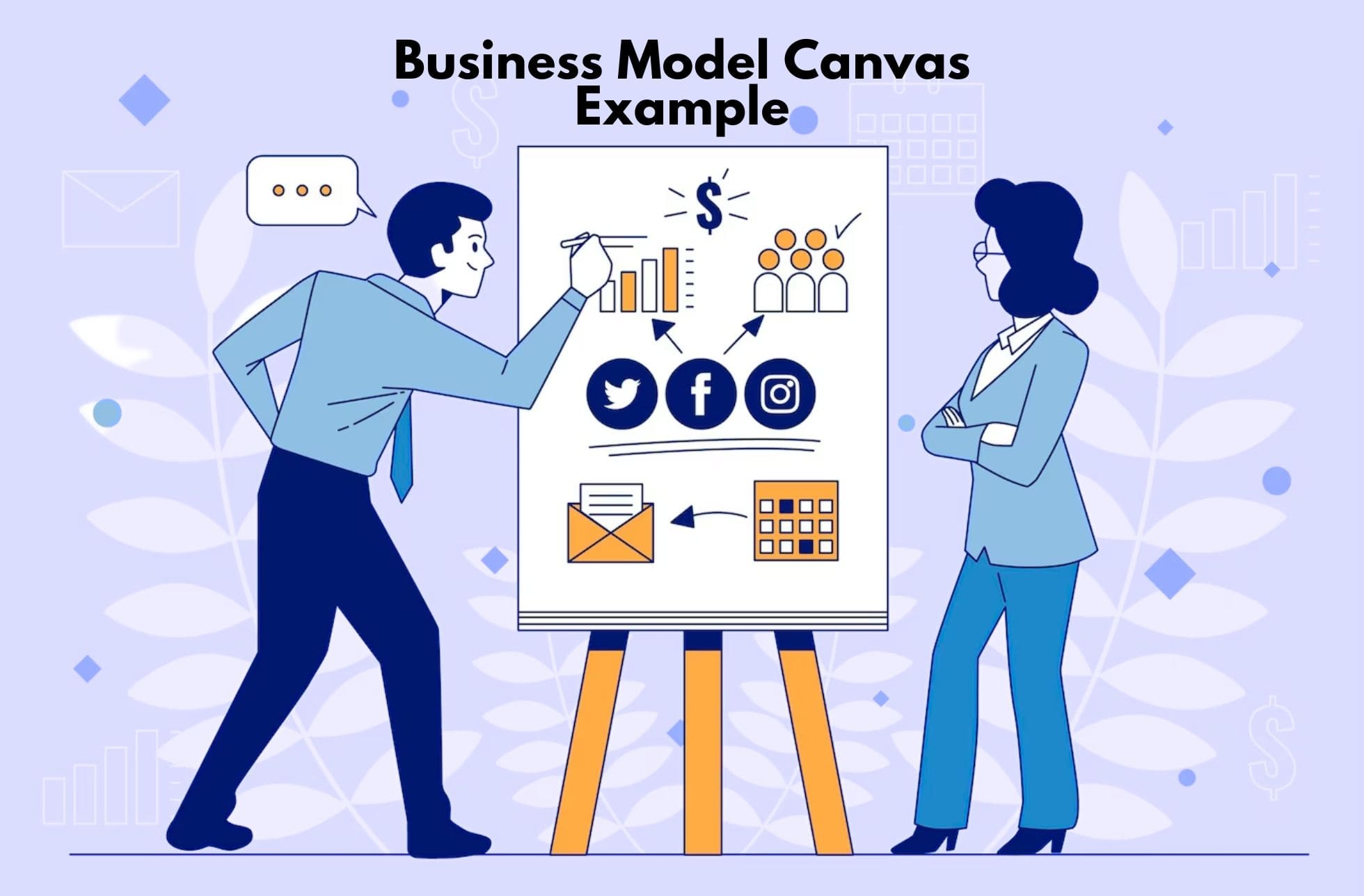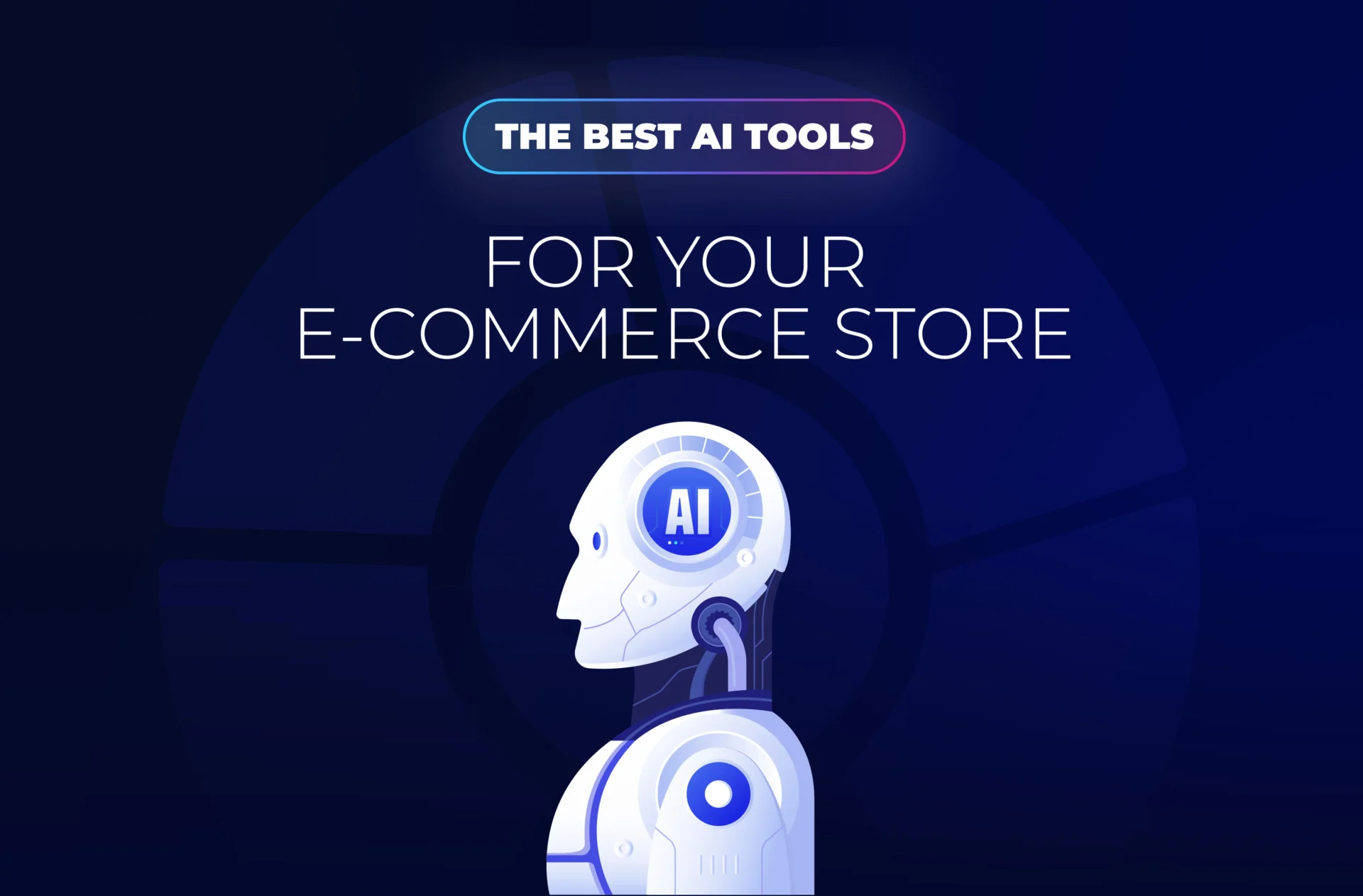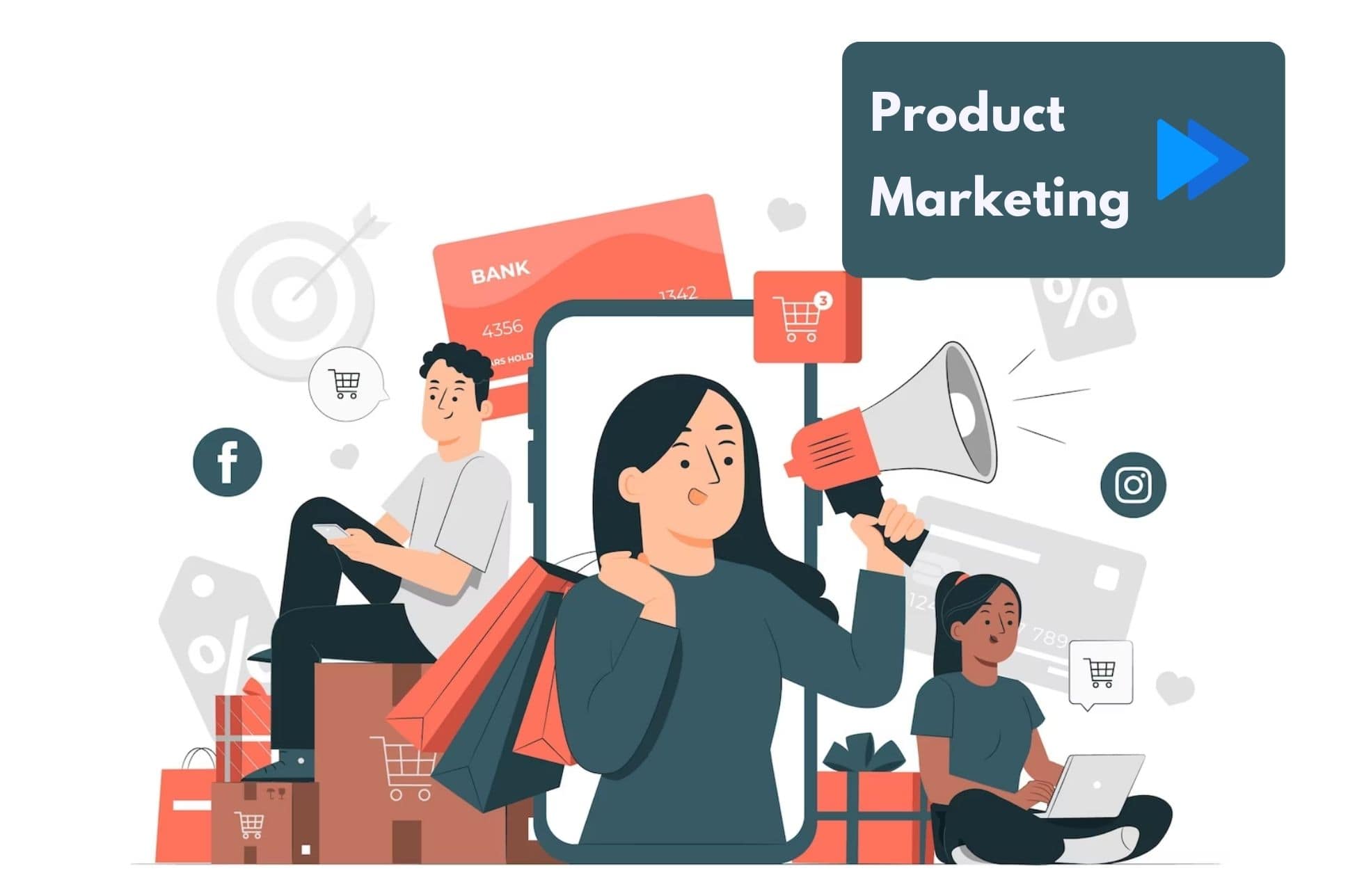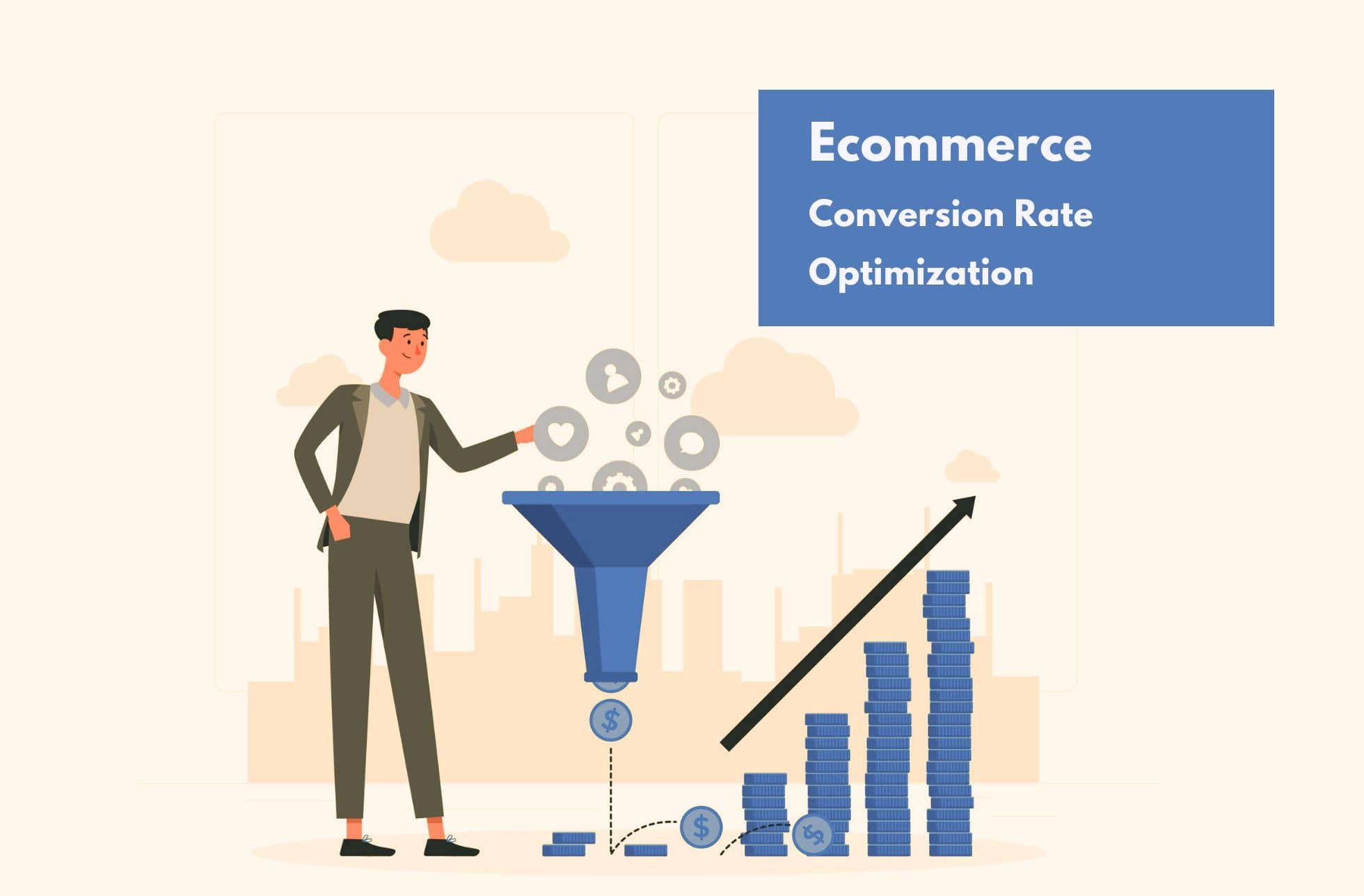The Business Model Canvas (BMC) offers a visual representation of your entire business model, enabling better understanding, communication, and decision-making within your business.
Here, we will instruct you step-by-step from basics to practical tips for creating a BMC and we will provide real business model canvas examples that you can review and learn how to use this tool for your business.
After reading this article you should be able to create it for your business.
Before starting the process, it is recommended to read the informative article, “Business Model Canvas Cheat Sheet“ which will provide you with the foundational knowledge required to effectively utilize the BMC.
Step-by-step instructions for creating your business model canvas
Creating a business model canvas is an invaluable exercise for any entrepreneur or business owner looking to refine their strategy and enhance their understanding of their business model. In this step-by-step instruction, we will walk you through the process of designing a BMC using Osterwalder’s framework.
By following these clear and practical steps, you can gain valuable insights into your business and set a solid foundation for future success.

Phase zero: Prepare yourself
- Gather a small team of your co-workers who have a clear vision of your business. Prepare a whiteboard or a big sheet of paper.
- Draw the Osterwalder’s canvas on the big sheet.
- Draw smaller canvases for each team member to encourage individual input and engagement.
Phase one: Individual Exploration
During the first phase, allocate approximately 45 minutes to independently complete the BMC following these steps:
Start with “customer segments”. Try to write only the most important segments. You can use your defined “persona” to have a more clear understanding of each segment.
Write each segment on a Post-it note separately.
Persona is a great complementary tool for “Business Model Canvas”. You can read more about the benefits of this tool and how to create it for your business in this article:
“How to create an accurate Buyer Persona”
Pro tip: Write each segment on a different color Post-it. From now on, every color means a segment of your target market. This will help you a lot in the following steps.
For each segment of the previous step, try to find the values you are proposing to them. Write related values to each segment on the same color of Post-it. Focus on your main and unique value propositions.
It is possible to have mutual values on different colors of Post-it because it is a valuable service for two or more segments of your targeted market.
Pro Tip: You can have a neutral color of post-it to show the values that are common for all segments like the grey color in the provided business model canvas examples.
Complete the other 7 blocks of the canvas using color-coded Post-it notes. Before completing each block, take a look at the definitions of each block and the business model canvas examples provided in this article.
Pro tip: While you are completing the “Revenue” section of the canvas, make sure you are thinking about your Pricing strategies. If you do not know what type of pricing is suitable for your business, read the “Best Ecommerce Pricing Strategy” article.
Phase two: Collaborative Discussion
Now it is time to share your ideas. Like the previous phase, start with the customer segments. Discuss your choices and decide on your final selected customer targets.
Pro Tip: Make sure that everyone has time to present and defend their selected segments.
Write down the selected target on new color-coded Post-it notes. You will use these new colors for other blocks of your business model canvas.
Discuss and decide on the remaining blocks and stick the final notes on the blocks of your canvas. Your final results can be something like this:
In this BMC, yellow, red, and blue notes are three selected segments. Grey ones show information that is relevant to all three segments. For example in the “customer relationship” block, there is only one grey note, which means we use the same customer relationship strategies for all three segments.
Phase three: Verification
Now give your team a break, you have come so far by now. Just two more steps and you will be ready to go.
You have to review your final canvas and verify it. Try to ask yourself the following questions, then modify and polish your canvas.
- Is it based on facts?
- Do we really provide these values?
- Are we using these channels to connect with our customers?
- Do we have access to these resources?
- Are we actively engaging with our key partners?
- Do we have real customer information that approves our assumptions?
Now you can put your business model canvas in a shared space within your company so that everyone can see it. It will be your company’s guiding North Star which will direct your whole business even in the darkest of times.
Phase 4: Continuous Refinement
Your business model is not and should not be written in stone. You need to keep your business agile and flexible. You need to embrace the changes and disruptive innovations that occur rapidly in your industry. Therefore, you have to review your business model and refine it on a regular basis. Whenever something is not written or you see a new opportunity, you need to adapt fast and take advantage of it.
Take the new AI boom that is happening right now. If your business is not responding and modifying itself based on the massive changes caused by AI, you are going to have a problem in the near future.
You can read more about this topic in the “Current and Future Impact of Artificial Intelligence on Business” article.
Benefits of Business Model Canvas
The Business Model Canvas is more than just a visual tool; it is a strategic powerhouse that can revolutionize the way you understand and shape your business. We explore some benefits that it offers:
- Provides a visual representation of the entire business model, facilitating understanding and communication.
- Encourages a holistic view of the business, fostering identification of gaps, opportunities, and areas for improvement.
- Facilitates strategic decision-making, allowing businesses to experiment and pivot their models more effectively.
- Enhances collaboration and alignment within organizations, enabling cross-functional teams to work together.
Business Model Canvas template
You can find plenty of Business Model Canvas templates on the internet. While many options exist, all templates offer the same thing: similar structures and components. If you prefer a tangible, paper-based approach, you can easily download a printable version from various sources.
For your convenience, we also provide a high-quality Business Model Canvas PDF that embodies simplicity and clarity.
Alternatively, using online tools like Figma can streamline the process of preparing your Business Model Canvas. The choice of medium—whether digital or analog—is up to you.
However, what truly matters is following the essential steps, regardless of the method you choose.
By sticking to the recommended steps, you ensure a systematic approach to capturing the key elements of your business model.
Whether you opt for a traditional pen-and-paper method or leverage the convenience of online tools, the goal remains the same: to unlock the full potential of the Business Model Canvas and gain valuable insights into your business.
Therefore, pick the approach that works best for you while remaining committed to the fundamental process.
6 Best Business Model Canvas examples
When it comes to designing your own business model, learning from real-world business model canvas examples can be incredibly valuable. By examining the BMC of renowned companies such as Uber, Netflix, Airbnb, and Amazon, we aim to inspire and ignite your creativity as you navigate the difficulties of your business.
Uber Business Model Canvas Example

We prepared a canvas for Uber as one sample of business model canvas examples. As you can see, we use 3 colors to fill in the elements. Green means drivers, blue means riders (passengers), and yellow belong to both segments.

For the rest of the business model canvas examples, we just provide the information needed to create BMC of other famous brands.
Netflix Business Model Canvas Example

From this point, for other business model canvas examples, we will fill in each of the canvas’s elements. You can draw the canvas for each of them using the business model canvas pdf template. The colors mentioned in brackets are showing the color of the Post-it notes. They will help you to identify the relation between the information in each element of the canvas.
| Customer segments | Movie and TV show enthusiasts (red) | Movie and series producers (purple) | – |
| Value proposition | Extensive library of on-demand entertainment (red) | Platform for content creators to reach a global audience (purple) | Personalized recommendations and curated content (red) |
| Customer relationships | User profiles and preferences for personalized experience (red) | ||
| Channels | Online streaming platform (red) | Customer Support (red) | |
| Key resources | Digital content library and IT Infrastructure | Recommendation algorithms (red) | Customer database |
| Key partners | Content creators | Content distributors | |
| Key activities | Content recommendation engine | Content acquisition and licensing Customer support Software | maintenance and development, Original content production |
| Revenue streams | Subscription fees | Licensing and distribution agreements with producers (purple) | |
| Cost structure | Content licensing and production | Technology infrastructure | IT support and development costs |
Airbnb Business Model Canvas Example

| Customer segments | Travelers and tourists (purple) | Homeowners and hosts (orange) | – |
| Value proposition | Unique and affordable accommodations (purple) | Safety (purple, orange) | Income generation for homeowners (orange) |
| Customer relationships | Online platform for bookings and communication (purple, orange) | ||
| Channels | Airbnb website and mobile app (purple, orange) | Customer support online chat | Customer support Telephones |
| Key resources | Online platform and booking system (purple, orange) | Host network and property listings (orange) | |
| Key partners | Homeowners and property managers (purple, orange) | Payment processors (purple, orange) | |
| Key activities | Developing matching travelers with available accommodations software | Attract accommodation owners, Marketing, and Customer support | Ensuring safety and quality standards (purple, orange) |
| Revenue streams | Commission from bookings (purple) | Service fee from hosts (orange) | |
| Cost structure | Technology development and maintenance (purple, orange) | Marketing and promotions (purple, orange) | Customer support and dispute resolution (purple, orange) |
Amazon Business Model Canvas Example

Be aware that in this Canvas we only analyzed the amazon.com website for buying and selling. We did not consider various services of Amazon like AWS.
| Customer segments | Online shoppers (yellow) | Third-party sellers (green) | – |
| Value proposition | Wide selection of products (yellow) | Convenient and fast delivery (yellow) Trust (yellow, green) | Opportunity for sellers to reach a vast customer base (green) |
| Customer relationships | Personalized recommendations and customer reviews (yellow) | Support and tools for sellers (green) | |
| Channels | Recommendation system Customer and sellers database | Amazon website and mobile app (yellow) | Seller Central platform (green) |
| Key resources | E-commerce platform and marketplace infrastructure (yellow) | Fulfillment centers for product storage and shipping (yellow) | Seller support and education resources (green) |
| Key partners | Suppliers and manufacturers (yellow) Third-party sellers and merchants (yellow, green) | Payment processors (yellow, green) | Logistics and Delivery providers, Third-party warehouses |
| Key activities | Managing online marketplace operations (yellow), Logistics and Delivery control | Enabling and supporting third-party sellers (green), IT maintenance and Development | Ensuring seamless order fulfillment and customer service (yellow), Customer support Seller Support |
| Revenue streams | Direct product sales | Commissions and fees from third-party sellers (green) | |
| Cost structure | Warehousing and logistics (yellow), Seller support and services (green) | Technology infrastructure and maintenance (yellow) | Marketing and advertising (yellow) |
Business Model Canvas for Marketing Agency
For marketing agencies, creating a BMC can be very helpful. They have to provide various services and their customers can be from different industries with different company sizes. A well-designed Business Model Canvas for Marketing Agency can act as a lighthouse that lead the business in complicated situations.
As another business model canvas examples, we will explore how marketing agencies identify their target market, position themselves as industry experts, and develop comprehensive marketing strategies that yield measurable results in this part of the article.
| Customer segments | Small and medium-sized businesses seeking marketing services | – | |
| Value proposition | Customized marketing strategies tailored to client’s business goals | Professional expertise and industry knowledge | |
| Customer relationships | Personalized consultations and ongoing communication | ||
| Channels | In-person meeting | Phone call | |
| Key resources | Marketing professionals with diverse skill sets, Media and Graphical expertise | Industry research and data analysis tools | Prospects’ database, |
| Key partners | Advertising platforms and media outlets | Graphic designers and content creators | |
| Key activities | Creative brainstorming Market research and analysis | Developing marketing campaigns and strategies | Content creation and creative design |
| Revenue streams | Monthly retainer fees for ongoing services | Project-based fees for specific campaigns | |
| Cost structure | Salaries and benefits for staff, Marketing tools and software subscriptions | Outsourced content or media creation | Advertising and promotional expenses |
Lean business model canvas
The Lean Business Model Canvas combines the concepts of the Business Model Canvas with Lean Startup methodologies. It emphasizes rapid experimentation, customer feedback, and iterative development to build a sustainable and scalable business model.
The Lean Business Model Canvas consists of the following elements:
Problem: Clearly define the customer problem or pain point that your product or service aims to solve.
Solution: Articulate your unique solution that effectively addresses the identified problem.
Key Metrics: Determine the key metrics that you will use to measure progress and evaluate success.
Unique Value Proposition: Identify the distinct value that your product or service offers to customers compared to existing alternatives.
Unfair Advantage: Highlight the unique advantages or barriers to entry that set your business apart from competitors.
Channels: Outline the most effective channels through which you will reach and engage with your target customers.
Customer Segments: Define the specific customer segments that you will target with your product or service.
Cost Structure: Identify the core costs associated with your business operations and delivery of value to customers.
Revenue Streams: Determine the different revenue streams or monetization strategies that will drive your business’s financial sustainability.
Key Insights
- The Business Model Canvas is a powerful tool that provides a visual representation of your entire business model, facilitating understanding, communication, and decision-making.
- It is recommended to read the “Business Model Canvas Cheat Sheet” article before starting to create and utilize the BMC.
- Creating a BMC includes different phases: individual exploration, collaborative discussion, verification, and continuous refinement. This will ensure a systematic approach to capturing the key elements of your business model.
- The benefits of using the Business Model Canvas include fostering a holistic view of your business, facilitating strategic decision-making, and enhancing collaboration and alignment within organizations.
- Various resources, such as Business Model Canvas templates, online tools like Figma, and real-world business model canvas examples from companies like Uber, Netflix, Airbnb, and Amazon, are provided to further assist you in creating your business model canvas.
Image Credit: Freepik





